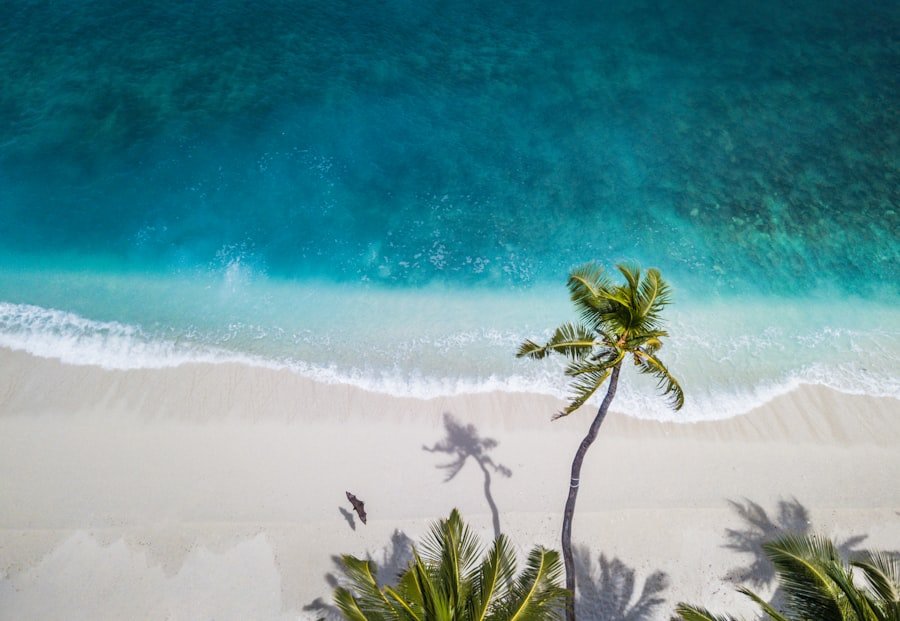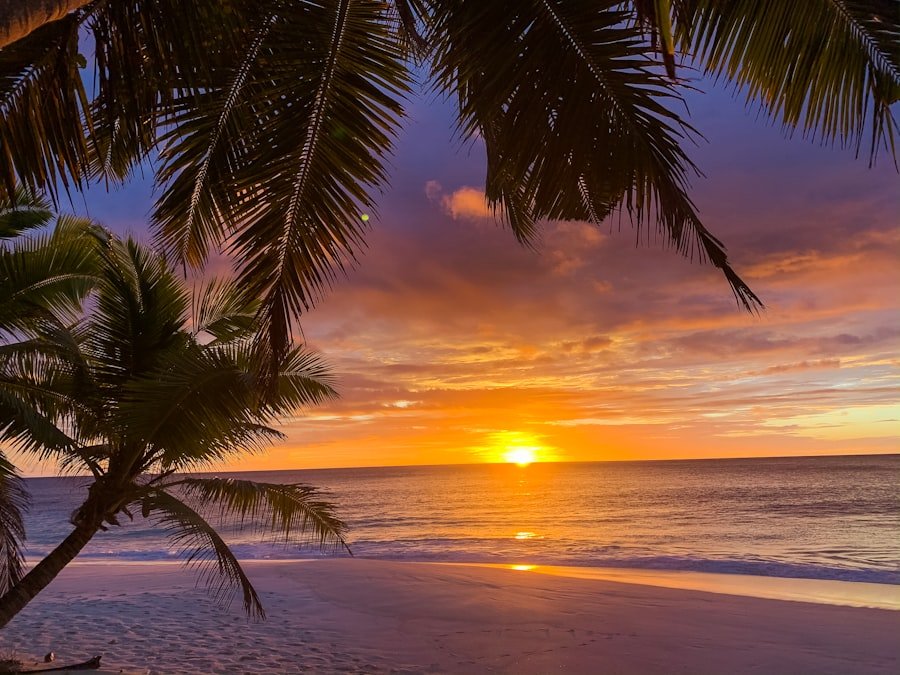Costa Rica is renowned for its diverse climate, which varies significantly across its different regions. The country experiences two primary seasons: the dry season, known as “verano,” and the rainy season, referred to as “invierno.” The dry season typically spans from December to April, characterized by sunny skies and minimal rainfall, making it the ideal time for outdoor activities and exploration. During this period, the Pacific coast enjoys warm temperatures averaging between 27°C to 32°C (81°F to 90°F), while the Caribbean coast remains slightly more humid and warm, with temperatures ranging from 24°C to 30°C (75°F to 86°F).
Conversely, the rainy season runs from May to November, bringing lush greenery and vibrant landscapes. While the mornings may start off sunny, afternoon showers are common, particularly in September and October. This season is marked by cooler temperatures, especially in the highland areas, where it can drop to around 15°C (59°F).
The rain is essential for maintaining the country’s rich biodiversity, replenishing rivers and lakes, and supporting agriculture. Understanding these weather patterns is crucial for travelers planning their visit, as they can significantly influence the types of activities available and the overall experience.
Key Takeaways
- Costa Rica experiences two main weather patterns: the dry season from December to April and the rainy season from May to November.
- The peak tourist seasons in Costa Rica are during the dry season, particularly in December and January, and also during the Easter week.
- Off-peak tourist seasons in Costa Rica are during the rainy season, particularly in May and September, offering lower prices and fewer crowds.
- Wildlife viewing opportunities in Costa Rica are abundant, with the best times for birdwatching and turtle nesting being during the rainy season.
- Costa Rica hosts various festivals and events throughout the year, including the Fiestas Civicas in February and the Independence Day celebrations in September.
- Budget-friendly travel times in Costa Rica are during the rainy season, offering lower prices on accommodations and activities.
- Costa Rica offers a wide range of adventure sports and activities, including zip-lining, surfing, and white-water rafting, making it a perfect destination for thrill-seekers.
- Cultural immersion opportunities in Costa Rica include visiting indigenous communities, participating in traditional cooking classes, and learning about the country’s rich history and traditions.
Peak Tourist Seasons
The peak tourist seasons in Costa Rica align closely with the dry season, particularly from mid-December to April. This period attracts a significant influx of visitors, drawn by the promise of sunny weather and ideal conditions for exploring the country’s natural wonders. Popular destinations such as Manuel Antonio National Park, Arenal Volcano, and Monteverde Cloud Forest become bustling hubs of activity.
During this peak season, Costa Rica’s tourism infrastructure is fully operational, with a wide range of tours and activities available. For instance, adventure seekers can partake in zip-lining through the rainforest canopy or white-water rafting on the Pacuare River.
However, it is essential for visitors to book accommodations and tours well in advance to secure their preferred options. The vibrant atmosphere during this time is palpable, with local businesses thriving and cultural events often scheduled to coincide with the influx of tourists.
Off-Peak Tourist Seasons

In contrast to the bustling peak season, the off-peak tourist seasons in Costa Rica present a unique opportunity for travelers seeking a more tranquil experience. The months of May through November are considered off-peak due to the increased likelihood of rain. However, this period also offers distinct advantages for those willing to embrace the wet weather.
Fewer tourists mean less crowded attractions, allowing for a more intimate connection with nature and local culture. Traveling during the off-peak season can also lead to significant cost savings. Many hotels and tour operators offer discounts to attract visitors during these quieter months.
For example, travelers may find reduced rates on accommodations in popular areas like Tamarindo or La Fortuna. Additionally, the lush landscapes that emerge during the rainy season create stunning backdrops for photography and exploration. The vibrant flora and fauna are at their peak during this time, making it an excellent opportunity for nature enthusiasts and photographers alike.
Wildlife Viewing Opportunities
| Location | Wildlife Species | Best Time to Visit |
|---|---|---|
| Yellowstone National Park | Bison, Elk, Grizzly Bears | Spring and Fall |
| Maasai Mara National Reserve | Lions, Elephants, Giraffes | July to October |
| Great Barrier Reef | Sea Turtles, Sharks, Dolphins | Year-round |
Costa Rica is a biodiversity hotspot, home to an astonishing array of wildlife that captivates nature lovers from around the globe. The country’s varied ecosystems provide habitats for numerous species, including sloths, toucans, monkeys, and countless reptiles and amphibians. Wildlife viewing opportunities are abundant throughout the year; however, certain times may yield better sightings depending on the species and their behaviors.
For instance, turtle nesting season occurs from July to October on both the Pacific and Caribbean coasts. Tortuguero National Park is particularly famous for its green sea turtle nesting sites during this period. Visitors can witness these magnificent creatures laying their eggs on the beach under the cover of night—a truly unforgettable experience.
Additionally, birdwatchers will find that migratory species flock to Costa Rica during specific months, particularly from November to April when North American birds seek warmer climates.
Festivals and Events
Costa Rica’s rich cultural heritage is celebrated through various festivals and events held throughout the year. These occasions provide visitors with a unique glimpse into local traditions, music, dance, and cuisine. One of the most significant celebrations is Independence Day on September 15th, when towns across the country come alive with parades featuring traditional costumes, music, and dance performances.
The festive atmosphere fosters a sense of national pride as locals commemorate their freedom from Spanish rule. Another notable event is the Fiestas de Palmares held in January. This week-long festival features live music performances, rodeos, food stalls offering traditional dishes like gallo pinto and empanadas, and carnival rides.
It attracts both locals and tourists alike who come together to enjoy the vibrant festivities. Participating in these events allows travelers to engage with Costa Rican culture on a deeper level while enjoying the warmth and hospitality of its people.
Budget-Friendly Travel Times

For budget-conscious travelers looking to explore Costa Rica without breaking the bank, timing their visit during off-peak seasons can lead to significant savings. As mentioned earlier, May through November sees fewer tourists due to the rainy weather; however, this period also brings lower prices for accommodations and activities. Many hotels offer enticing discounts or package deals that make it more affordable for travelers to experience popular destinations.
Additionally, travelers can take advantage of local markets and eateries that thrive during these quieter months. Dining at local sodas—small family-run restaurants—can provide an authentic taste of Costa Rican cuisine at a fraction of the cost compared to tourist-oriented establishments. Exploring lesser-known attractions or venturing off the beaten path can also yield budget-friendly experiences while allowing visitors to discover hidden gems away from crowded tourist spots.
Adventure Sports and Activities
Costa Rica is often hailed as an adventure sports paradise due to its diverse landscapes that cater to thrill-seekers of all kinds. From surfing on world-class waves along the Pacific coast to zip-lining through lush rainforests or white-water rafting down exhilarating rivers, there is no shortage of adrenaline-pumping activities available year-round. The dry season is particularly popular for these adventures as conditions are generally more favorable.
For example, Arenal Volcano is a hotspot for adventure enthusiasts looking to hike its trails or engage in activities like canyoning or horseback riding through scenic landscapes. The surrounding area offers numerous hot springs where visitors can unwind after a day filled with excitement. Meanwhile, Manuel Antonio National Park provides opportunities for kayaking and snorkeling along its pristine coastline—ideal for those seeking both adventure and relaxation in one trip.
Cultural Immersion Opportunities
Traveling in Costa Rica offers numerous opportunities for cultural immersion that allow visitors to connect with local communities and traditions. Engaging with indigenous cultures can provide profound insights into their way of life and beliefs. For instance, visiting communities such as the Bribri or Cabécar in Talamanca allows travelers to learn about traditional practices like cacao cultivation or medicinal plant usage.
Participating in workshops or classes focused on local crafts—such as pottery or weaving—can also enhance cultural understanding while supporting local artisans. Additionally, volunteering opportunities abound throughout Costa Rica; travelers can contribute their time to environmental conservation projects or community development initiatives while forging meaningful connections with locals. These immersive experiences enrich a traveler’s journey by fostering a deeper appreciation for Costa Rican culture beyond typical tourist attractions.
When planning the best time to travel to Costa Rica, it’s important to consider the weather and peak tourist seasons. According to a recent article on TakeTravelInfo, having the right carry-on suitcase with a USB charger can make your travels much more convenient.
Check out TakeTravelInfo for recommendations on the best options. And if you’re a fishing enthusiast looking to enjoy some angling in Costa Rica, be sure to pack the best travel fishing pole recommended in another article on TakeTravelInfo.
FAQs
What is the best time to travel to Costa Rica?
The best time to travel to Costa Rica is during the dry season, which typically runs from mid-December to April. This is when you can expect sunny days and minimal rainfall, making it ideal for outdoor activities and beach vacations.
When is the rainy season in Costa Rica?
The rainy season in Costa Rica typically runs from May to November, with the heaviest rainfall occurring in September and October. While the rain can be intense during this time, it also brings lush, green landscapes and is a great time for birdwatching and enjoying the country’s natural beauty.
What are the peak tourist seasons in Costa Rica?
The peak tourist seasons in Costa Rica are during the dry season, particularly from December to April, and also during the Christmas and New Year holidays. It’s advisable to book accommodations and activities well in advance during these times.
What are the average temperatures in Costa Rica throughout the year?
Costa Rica has a tropical climate with relatively consistent temperatures year-round. In the lowlands, average temperatures range from 70°F to 81°F (21°C to 27°C), while in the highlands, temperatures can be cooler, ranging from 53°F to 64°F (12°C to 18°C).
Are there any specific events or festivals to consider when planning a trip to Costa Rica?
Costa Rica hosts a variety of festivals and events throughout the year, including the Fiestas Patronales (patron saint festivals) in various towns, the Palmares Festival in January, and the Independence Day celebrations in September. These events offer a great opportunity to experience the local culture and traditions.

2 thoughts on “Best Time to Travel to Costa Rica: A Guide”